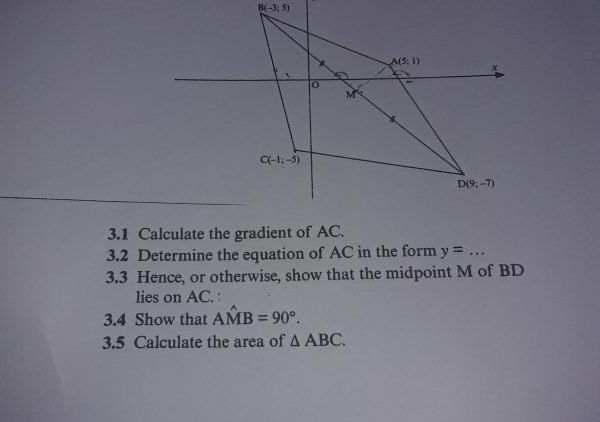
Calculating a gradient is a useful tool for studying stream flow. It has been used in the field of hydrology for many years. Stream gradients are stronger in the headwaters and weaker at the mouth. When calculating a gradient, you can use a phase-stability test or a Monte Carlo simulation.
Stream gradients are important in the transport of sediment. Generally, the steeper the gradient, the more work the stream will do eroding the stream bed. However, as a result of the increased velocity, the stream will be able to carry larger particles.
There are many factors that contribute to fluvial processes such as slope, base level, and dissolved load. Nevertheless, it is the velocity of the water in a stream that will determine the best way to transport sediment.
Streams are a major contributor to the surface topography of the Earth. Depending on their location, they can help to create valleys, terraces, and flood plains. The main objective of streams is to move water from high elevations to low elevations. In order to achieve this, streams must be able to handle large amounts of water and sand. A stream is also a reservoir of dissolved components, which may be transported to the ocean as a dissolved load.
A graded profile of a stream is typically flatter near the mouth and more steep near the headwaters. Typical features of a stream include meanders, tributaries, and a floodplain.
The flow of water in a stream is usually governed by a combination of friction, sediment deposition, and erosion. During floods, the stream is able to discharge more water and sand. But, it takes extra gravitational energy to overcome the frictional forces present in shallow streams.
The phase-stability of a material system under oxidation is a tricky business, especially if the goal is to create a stable molecular compound. A finite-temperature thermodynamic model of the compound is necessary to assess the relative stability of individual constituents. Luckily, there are several open source options out there to choose from. One of the best is from the folks at MIT's Laboratory for Materials Research. It's not surprising that the lab has a dedicated team of physicists and data crunchers who work tirelessly on the project, bringing the latest technology to the masses. For example, one team's computational aces include a k-mesh mesh based geometry-optimization algorithm to boot. Another is a plethora of physics-by-numbers based model validation tools. Combined with their deep research and development funding, the lab has a high-powered state-of-the-art supercomputer to spare. Compared to a few decades ago, the lab's researchers are on the cutting edge of synthesis, fabrication, and applications.
A slew of researchers from the lab are hard at work on a number of pending research projects. One of the team's projects, for example, is a machine-learning driven high-throughput framework for evaluating the oxygen reactivity of a novel 211 chemistry MAX phase M2AX phase. In addition, the team is working on a nihilistic test to validate the aforementioned formulation, a first of its kind in the industry. Despite a few snags along the way, the lab is on track to make its next big breakthrough in the coming year.
A Monte Carlo simulation can be used to determine the probability of a wide range of outcomes when random variables are present. This method is widely used by insurance companies, oil well drillers, and telecoms to measure risk. The main aim of the process is to estimate how much of a change in the value of a variable can affect its output.
The building blocks of a Monte Carlo simulation include statistical parameters such as the variance, standard deviation, and average price movement. They are obtained from historical data. In addition to that, the random input is often represented as market volatility.
During the simulation process, random vectors are accumulated and averaged. These results are then used to estimate the probabilities of various outcomes. When a system is being evaluated, a gradient is often desired. However, calculating the gradient of log-likelihood and log-priors can be difficult.
Another challenge with estimating a gradient is that many methods use a high-dimensional parameter space. This can lead to a computationally expensive process. In this paper, we have formulated a new approach that takes advantage of the results of a Monte Carlo simulation.
Specifically, we have devised a technique that uses the tangent hyper-plane to calculate the sensitivity of the performance function. Our proposed approach is suitable for smooth and unimodal performance functions.

Immerse yourself in architecture’s most boundary-pushing ideas—where innovative home improvements meet visionary urban developments. Discover new building techniques, materials, and creative concepts that are redefining how we shape our spaces on a global scale.